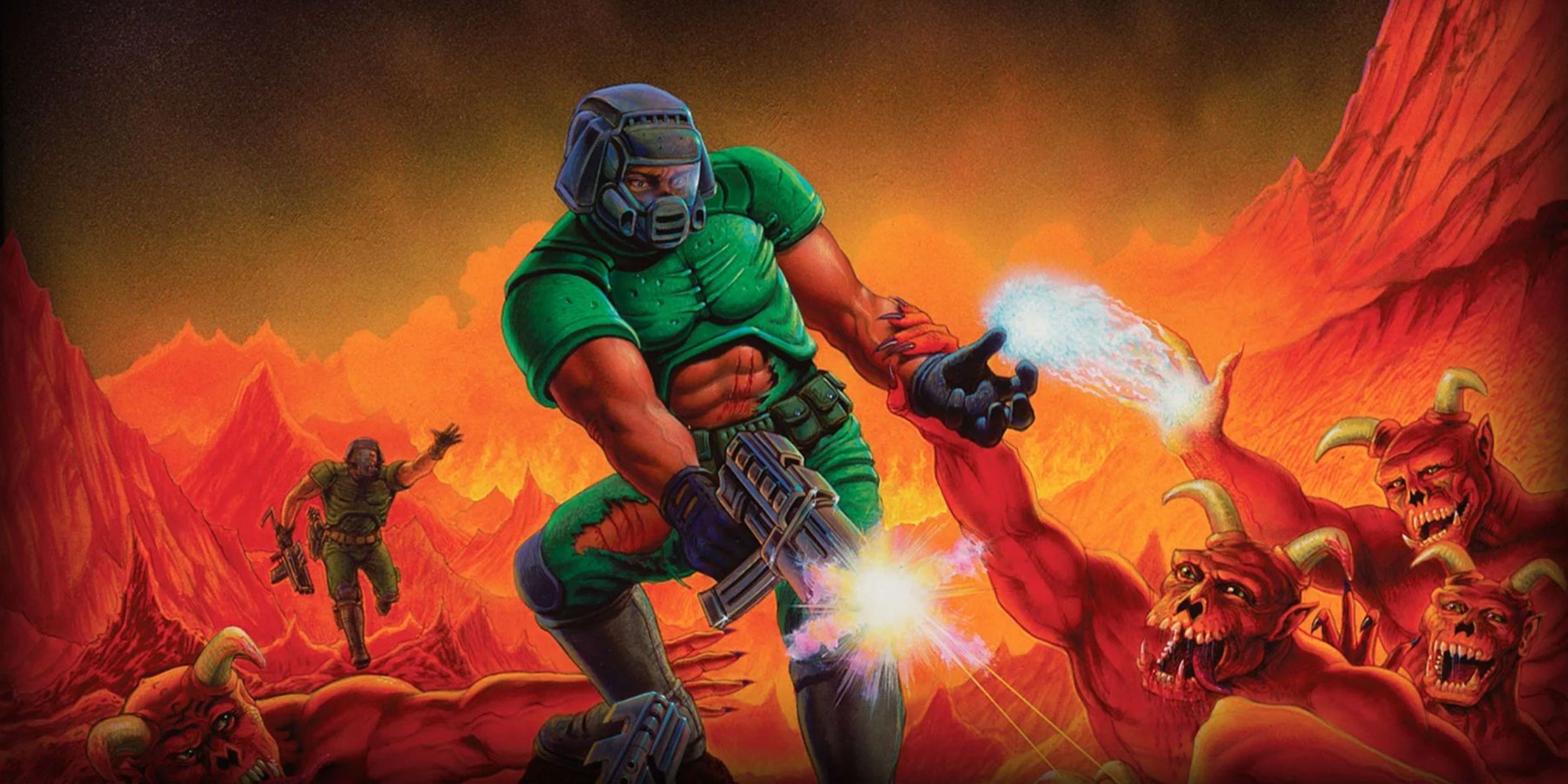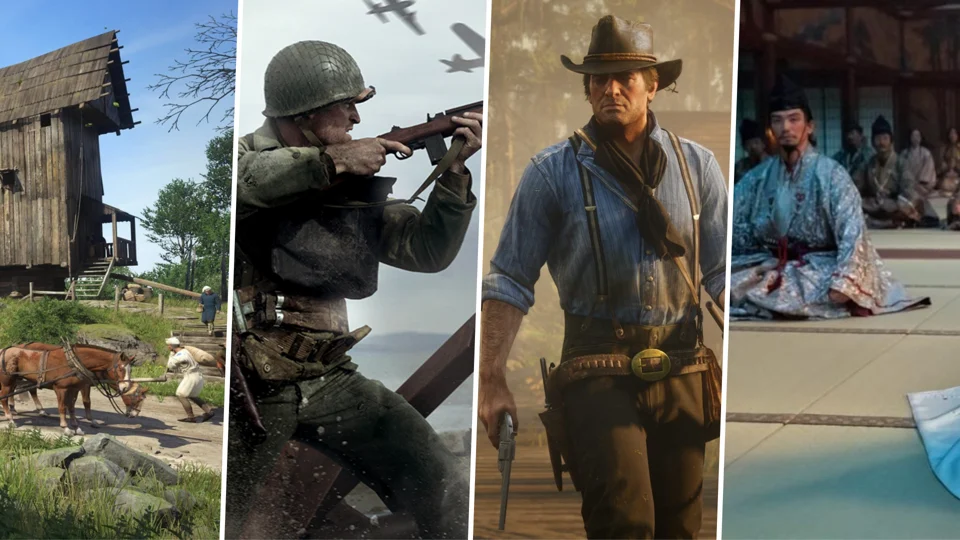Pipistrello and the Cursed Yoyo Review - Niche Gamer
Video games used to live and die by “scrimblo” or mascot-like characters. They’ve always been around, but Sonic the goddamn Hedgehog was when mascots exploded. In the 1990s, there was no escape from the mascot craze. Every other game coming out had some cartoony animal or creature with attitude designed to cash in on the marketability of the appeal.
When gaming began transitioning to 3D graphics and players got older and tastes evolved, there were fewer scrimblo games. Most of the time, some characters failed to jump to the third dimension, while most were forgotten. There were a few successful outliers like Spyro or Crash, but moving into the 2000s saw most scrimblos relegated to the Gameboy Advance, damned to 2D obscurity.
Indie game development can always be counted on for reinventing nostalgia and breathing new life into tired ideas. The indie scene has reached nostalgia for 2000s-era GBA games, and Pocket Trap has thrown their hat into the ring with their novel take on Zelda-like gameplay. Is the yoyo mightier than the sword? Find out in our Pipistrello and the Cursed Yoyo review!
Platforms: Windows PC, Xbox One, Xbox Series X|S, PlayStation 4, PlayStation 5, Nintendo Switch (reviewed)
Release Date: May 28, 2025
Price: $19.99

Pippit is a little bat with big dreams of becoming a yo-yo master. He lives his days goofing off and mooching off the successful family business run by his aunt, a power-hungry, shrewd CEO with a heart of gold. Pippit’s story begins when a coup overthrows the Pipistrello family’s iron grip on the town, resulting in crime bosses ripping his auntie’s soul into eight pieces.
Fortunately for Pippit and his aunt, the soul-sucking machine did not destroy her soul, and a part of it possesses his yo-yo. Armed with a supernatural yo-yo that talks and flies around like a bat-out-of-hell, and with the help of some of his family, Pippit sets out to retrieve the rest of his aunt’s soul fragments and resurrect her.
It’s kind of like Castlevania: Simon’s Quest, but instead of finding Dracula’s bones to fight him, he’s bringing him back because he loves him. Pippit’s aunt, as a possessed yo-yo, acts like how you’d think a boisterous “cool” fat auntie would behave, yet way more useful due to the impressive utility of yo-yo skills and badges.

It’s a simple, yet effective premise that’s elevated by its witty dialogue, fleshed-out fun characters, and some unexpected twists. For such a typical excuse plot, Pipistrello and the Cursed Yoyo throw a few curveballs in its story that make it deeper than it initially appears. Some of the story developments get surprisingly emotional, and the theme of power/energy is cleverly played within the gameplay.
Cutscenes and dialogue are dense, witty, and get to the point. Gamers won’t spend much time reading the dialogue and are quickly set loose in a sprawling metropolis, which is wrought with alleyways, enterable buildings, secret passages, sewers, and thoroughfares. Everywhere Pippit goes, the city is festooned with obstacles and environmental puzzles built into the seamlessly connected city.

The world is kind of like Hyrule in the best 2D Zelda games, but recontextualized as a modern-day city, with cars, malls, and factories. The rate at which the game throws puzzles and platforming is much higher than any Zelda game, too. The sheer variety and complexity that compounds upon itself was so surprising that there were a few moments where I found myself raising an eyebrow at the creativity displayed.
Pipistrello and the Cursed Yoyo‘s main gimmick is Pippit’s possessed yo-yo. The early parts of the game are limited, like in most metroidvania-likes and this is when it feels most like a traditional GBA title. As the story develops and Pippit gains more abilities, it becomes apparent that Pipistrello and the Cursed Yoyo aren’t going to be an average retro throw-back.

As it turns out, the yo-yo might be in fact mightier than the sword. Bouncing it on angled surfaces extends its reach with a bombastic, crunchy feedback that feels like a brain massage. Pippit can throw it, use it to snap-bounce off of walls, and even ride it to clear bodies of water.
The yo-yo can snatch out-of-reach items, slap switches, and pummel baddies like Kenshiro. Just when you think you’ve seen it all, Pipistrello and the Cursed Yoyo throw creative challenges that demand players to make the most of Pippit’s yo-yo prowess all at once in different ways.
It may be a 2D game, but Pipistrello and the Cursed Yoyo is designed to feel dimensional. Platforming and getting around have palpable depth, and gamers won’t be able to fully explore New Jolt City until gaining some traversal abilities.

Pipistrello and the Cursed Yoyo is a massive game for what you’re getting. The city is large and divided into multiple districts with bespoke theming and plenty of side activities to enjoy. There’s even a fun football sequence and a family member who relies on a debt system that grants passive bonuses.
Hidden blueprints and stat upgrades galore pepper New Jolt City, keeping players hooked, egging them on to keep playing and not stop. It always feels like there’s something to discover, and the witty flavor text is always brief enough not to be annoying.
The GBA aesthetic sticks to landing and captures the bright pastel colors that the console was known for. Pixel art is cute, chunky, fluid, and bouncy. It’s like the game is just happy to be here and thrilled to be played. Effects are restrained and kept to a level that could be feasible on a legitimate GBA.

Apart from the 16:9 widescreen format, there isn’t much of a giveaway that Pipistrello and the Cursed Yoyo couldn’t run on real GBA hardware. It likely can’t, but it would have been cool. The developer certainly thinks so and even included a cute boot-up sequence where a virtual game cart is inserted into a fictitious, lawyer-friendly GBA clone.
Pocket Trap was so dedicated to capturing the look and feel of playing on a GBA that they included screen filters that simulate screen glare. You can tweak the effect to be less intrusive or not use it at all. There are also pixel-perfect options and font choices to better suit a desired experience. Pocket Trap thought of everything.
Pipistrello and the Cursed Yoyo’s music also captures that distinct bit-crushed sound quality. The melodies are catchy and evoke an uppity, rebellious attitude, perfectly befitting the scrimblo with attitude personality of the protagonist. The energy of the music drives players moving forward like a focused rhythm.

Some sequences and battles will put players to the test with some surprising bouts of challenge. Some tense fights will make you rethink a strategy and maybe head back to the sewer to change badges. Pipistrello and the Cursed Yoyo may look like a game for kids, but it’s not afraid to slap them around a bit, too.
Pipistrello and the Cursed Yoyo is consistently engrossing and creative. It’s packed with variety and inventive gimmicks that have never been done before in similar games, elevating it from being just another retro throwback fan game. Its novelty is only surpassed by its charming characters and deft audio/visual design.
Pipistrello and the Cursed Yoyo was reviewed on PlayStation 5 using a code provided by PM Studios. Additional information about Niche Gamer’s review/ethics policy is here. Pipistrello and the Cursed Yoyo is now available for PC (via Steam), PlayStation 4, PlayStation 5, Xbox One, Xbox Series X|S, and Nintendo Switch.












